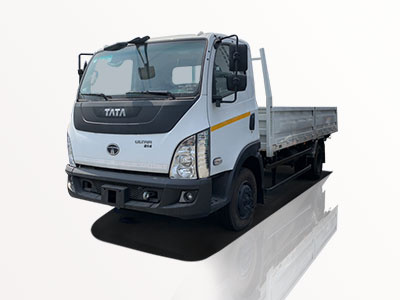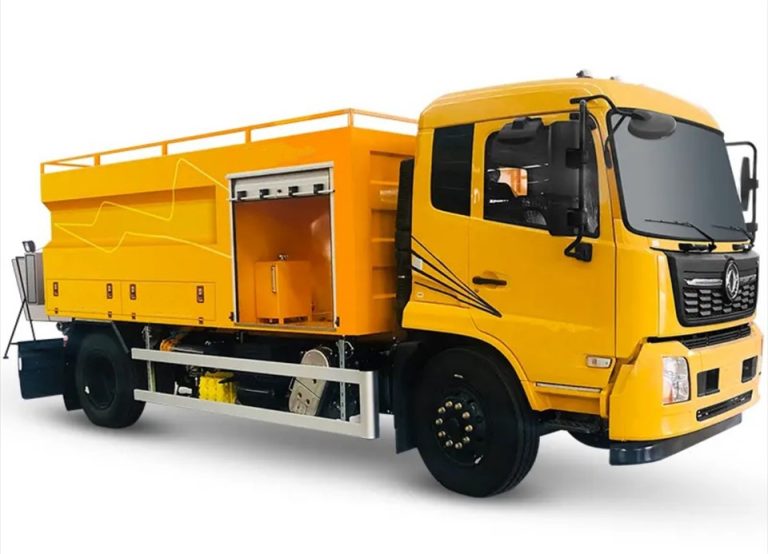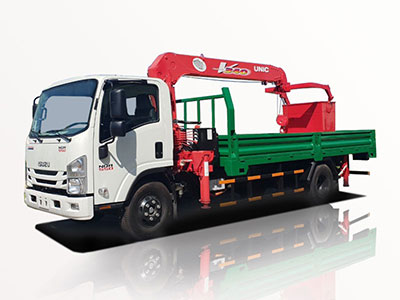Reefer box trucks with sleepers are essential vehicles for the transportation industry, particularly for businesses involved in the shipping and delivery of perishable goods. These trucks combine the benefits of refrigerated transport with a living space for drivers, making long hauls more comfortable and efficient. In this article, we will explore the features, benefits, operational considerations, and practical tips regarding reefer box trucks with sleepers.
What is a Reefer Box Truck?
A reefer box truck, or refrigerated box truck, is designed to transport temperature-sensitive cargo. Unlike typical box trucks, reefer trucks are equipped with a refrigeration unit to maintain a specific temperature within the cargo area.
Key Features of a Reefer Box Truck
- Insulated Cargo Area: Keeps perishables at the required temperatures.
- Refrigeration Unit: Maintains the desired temperature, which can be set based on the cargo type.
- Rear Access Doors: Allows for easy loading and unloading of goods.
- Durable Construction: Built to withstand heavy use and the rigors of transportation.
Benefits of a Reefer Box Truck with Sleeper
Adding a sleeper compartment to a reefer box truck enhances its functionality for long-distance drivers. Here are some key benefits:
Comfort and Convenience
The sleeper compartment provides a resting place for drivers, allowing them to take mandatory breaks without needing a separate lodging arrangement.
Time Efficiency
Drivers can cover more miles without stopping for accommodation, leading to quicker delivery times and reduced operational costs.
Increased Flexibility
Combining refrigeration and sleeping facilities in one vehicle expands operational capabilities. Businesses can transport goods over long distances while meeting the needs of their drivers.
Key Specifications to Consider
Size and Capacity
Reefer box trucks come in various sizes. Determining the appropriate size is crucial for cargo capacity and maneuverability.
| Truck Size | Cubage Capacity | Recommended Cargo Weight |
|---|---|---|
| 16-20 ft | Low (up to 1,500 cu ft) | Up to 10,000 lbs |
| 20-26 ft | Medium (1,500 – 2,500 cu ft) | Up to 15,000 lbs |
| 26 ft and above | High (over 2,500 cu ft) | Up to 20,000 lbs |
Refrigeration Unit Type
Different refrigeration units serve different needs. Choose between a direct drive system or a diesel-powered unit based on your operational preferences.
Engine Type
Consider whether you prefer gas or diesel engines. Diesel typically offers better fuel efficiency for long-haul operations.
Maintenance Tips for Reefer Box Trucks
Regular maintenance is essential to ensure the truck operates efficiently.
Daily Checks
- Inspect the refrigeration unit for any signs of malfunction.
- Monitor temperature logs to ensure that the cargo area remains in optimal condition.
- Check tire pressure and tread depth.
Scheduled Maintenance
Each truck has specific maintenance needs. Consult the manufacturer’s guidelines for scheduled checks on:
- Refrigeration systems
- Fluid levels
- Brakes and suspension
Operational Considerations
Compliance with Transportation Regulations
Transportation of perishable goods requires compliance with health and safety regulations. Ensure your operations meet the standards set by the FDA and DOT.
Route Planning and Logistics
Proper route planning minimizes travel time and fuel costs. Utilize logistics software to optimize delivery paths based on traffic and distance.
Driver Training
Educate drivers on handling perishable goods and managing the refrigeration system to ensure optimal performance and food safety.
Cost Analysis of Owning vs. Renting a Reefer Box Truck
Upfront Costs
Evaluate the initial investment required for purchasing a reefer box truck against the cost of renting. This will help determine the most economical option for your business.
Operating Costs
Consider fuel, maintenance, insurance, and depreciation when analyzing overall costs of ownership versus rental options.
Case Studies: Successful Use of Reefer Box Trucks with Sleepers
Case Study 1: Fresh Produce Distribution
A produce delivery company adopted reefer trucks with sleepers to transport fresh vegetables across states. This not only minimized spoilage but also reduced costs by having drivers rest in their trucks.
Case Study 2: Seafood Transportation
A seafood distributor utilized reefer box trucks for transporting fish and other seafood to remote locations. The ability to rest while keeping goods refrigerated allowed the company to expand its delivery range significantly.
Frequently Asked Questions (FAQ)
1. How long can perishables last in a reefer box truck?
It depends on the type of product and temperature settings, but with optimal conditions, perishables can last several days to weeks.
2. What should I look for when buying a reefer box truck with sleeper?
Consider size, refrigeration unit type, fuel efficiency, and condition. It’s also essential to check the sleeper quality and comfort.
3. How often should I maintain my reefer box truck?
Daily inspections are recommended, while more comprehensive maintenance should follow the manufacturer’s guidelines, typically every 5,000 to 10,000 miles.
4. Can a reefer box truck be used for non-refrigerated goods?
Yes, reefer box trucks can transport non-refrigerated goods but may involve higher operating costs due to the refrigeration running unnecessarily.
5. Is it necessary to train drivers for using reefer box trucks?
Yes, training is necessary to ensure drivers are efficient in operating refrigeration systems and complying with safety regulations.
6. What are the biggest challenges of operating a reefer box truck?
Common challenges include compliance with regulatory standards, managing temperature fluctuations, and balancing logistics efficiently.



